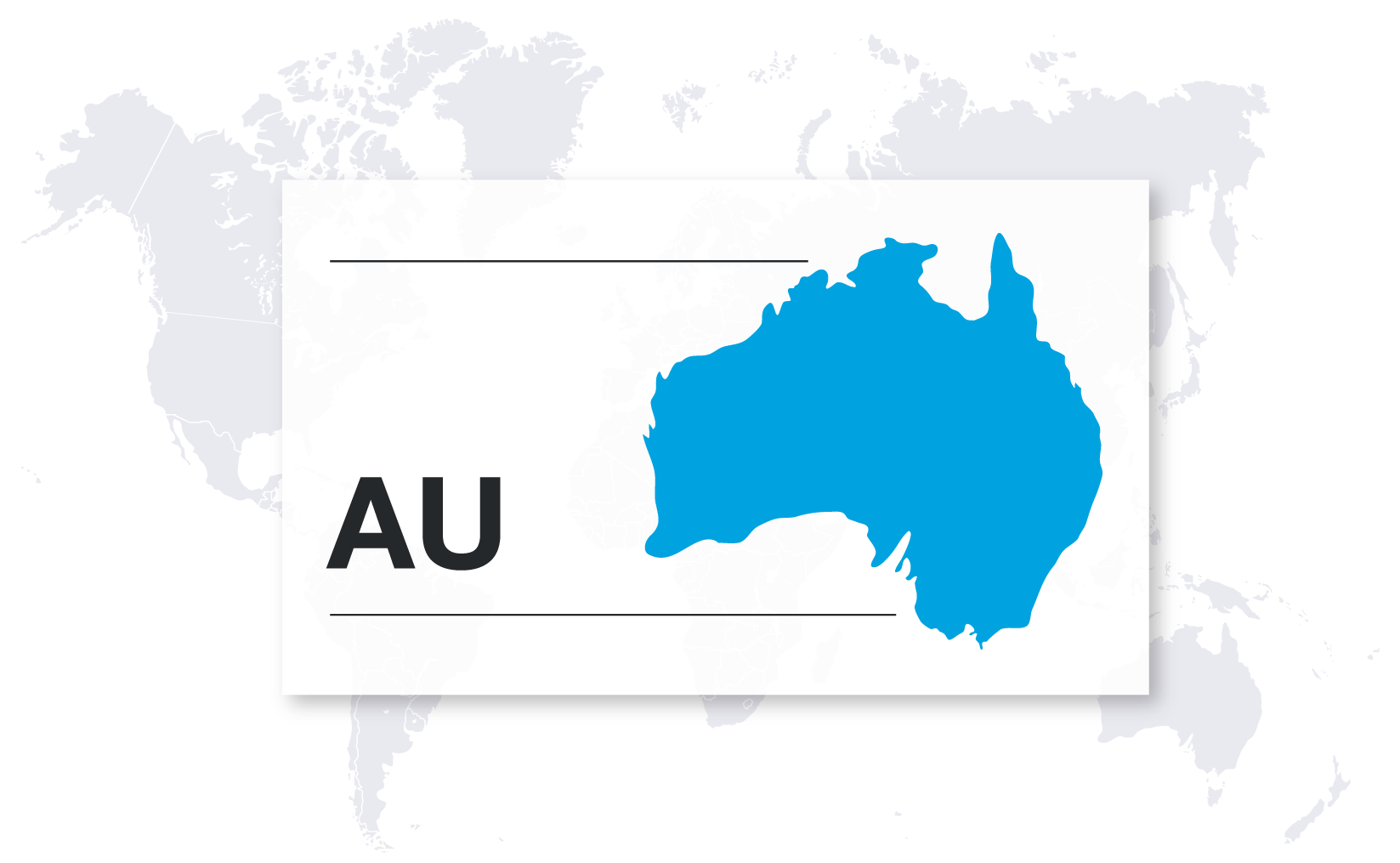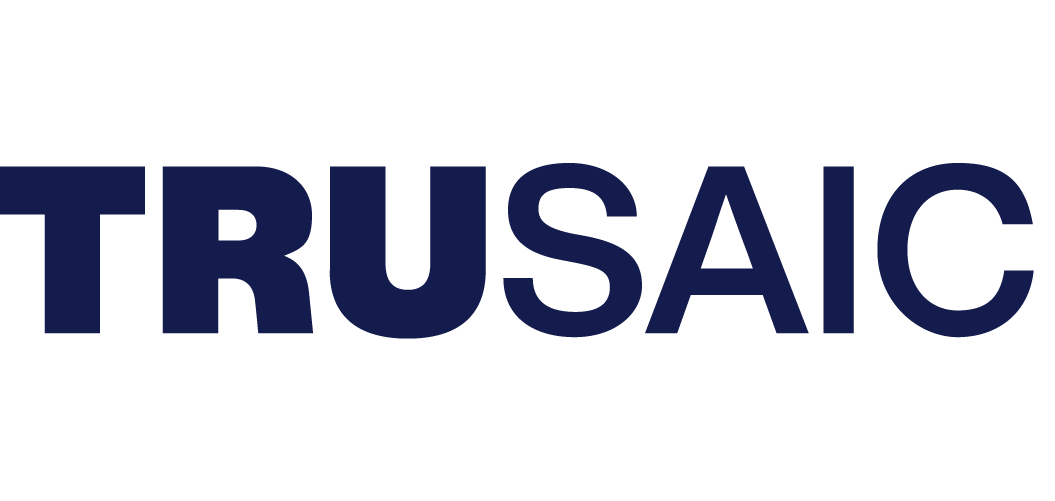Australia pay transparency reporting law guide

Introduction
The Workplace Gender Equality Act (2012) mandates private sector and public employers with 100 or more employees to annually report on gender equality indicators, signed off by the CEO.
Larger employers with 500 or more employees must meet specific gender equality standards. Changes in the 2023-2024 reporting include mandatory questions about governance, gender targets, sexual harassment policies, and paid parental leave.
The Workplace Gender Equality Agency (WGEA) will publish gender pay gaps from annual reports, providing employers a chance to offer context and action plans while maintaining individual pay confidentiality.
Contact us
Australia Reporting Requirements
Who Needs to Report?
Public and private sector employers with 100 or more employees must perform reporting requirements. There are additional reporting requirements for employers with 500 or more employees. Applicability testing must be conducted annually.
What to Report?
Employers with 100 or more employees must complete the following:
Workplace Profile:
Collect employee level data on snapshot of the employer's workforce on any one date during the 12-month reporting period. This employee level breakdown will contain information on employee's gender, earnings and job function, amongst other details.
Workplace Management Statistics:
Calculate metrics related to hiring, promotion, retention and leave of absence, disaggregated by gender, employment contract type and job function.
Workplace Policies and Strategies Questionnaire:
Employers will need to complete a questionnaire centered around internal policies and strategies aimed to promote pay equity and gender equality within the workplace.
Additional Requirements
Relevant employers that have 500 or more employees must meet specific standards related to each of the gender equality indicators, including and not limited to having a formal policy or strategy on equal remuneration and pay equity between women and men when performing work of the same or similar value.
Where and When to Report?
Relevant employers must report on the above mentioned requirements as follow:
Regulatory Filing
- Relevant employers must submit their gender equality reports to the Workplace Gender Equality Agency's website via the Employer Portal.
Public Posting
- While employers are not directly responsible for posting on their website, but WGEA will calculate gender pay gaps for every employer and make such pay gaps accessible via the Data Explorer website. WGEA will also make the employers workforce gender composition and their Gender Equality policies publically available. Employers have the option to explain their gender pay gaps per an employer statement.
- WGEA will compare your results to the results of other organizations within the same industry.
- The public will be able to see if the employer's gender pay gap increased or decreased from one year to another.
Internal Disclosure
- Inform its employees and members or shareholders that it has lodged its report with the Agency and advise how the public data may be accessed.
- Provide access to the public data to employees and members or shareholders. Inform employee organizations with members in your workplace that the report has been lodged.
- Inform employees and those employee organizations with members in your workplace of the opportunity to comment on the report to the employer or the Agency.
Deadlines and Cadence
If the relevant employer is a private employer (non-commonwealth company or entity), reports are due May 31, within two months after the end of the period to which the report relates.
If the relevant employer is a Commonwealth company or entity, reports are due within two months after the day determined by the Agency.
Employment equity standards
Fair Work Act 2009, which includes provisions promoting pay equity. Part 2-7 of the Fair Work Act specifically addresses workplace gender equality and includes provisions related to equal pay for work of equal or comparable value.
The Act allows employees to lodge complaints with the Fair Work Commission if they believe they are being discriminated against in terms of pay on the basis of gender.
The Risks of Non-Compliance
Enforcement
The Minister will set minimum standards, and the Workplace Gender Equality Agency may, by written notice, require a relevant employer to give the Agency additional information.
Instances of Non-Compliance
Non-compliance with the Act exists when the relevant employer fails to comply, without reasonable excuse, due to:
- Failure to timely report.
- Failure to inform employees, shareholders or members of the employer that a public report has been lodged.
- Failure to give Agency information requested.
- Submission of its initial report (base period) and failure to meet the standard, if minimum standard indicators apply, and submission of its subsequent report (comparison period) and employer's performance fails to improve in comparison to initial report.
Penalties
- Reputational Damage: The Agency may name the non-compliant relevant employer in a report given to the Minister that is tabled in both Houses of Parliament. The Agency may also, by electronic or other means, name the employer as having failed to comply with this Act and set out details of the non-compliance (i.e., on Agency's website or in a newspaper).
- Criminal Charges: By submitting false or misleading information, relevant employers may be liable criminally for providing false or misleading information or documents and may be imprisoned for up to 12 months per Australian Criminal Code Sections 137.1 and 137.2.
- Sanctions: An employer may not be eligible to tender for contracts under Commonwealth and some state procurement frameworks and may not be eligible for some Commonwealth grants or other financial help.
Can Trusaic Assist with Australia Pay Gap Reporting?
Australian companies face significant reputational risk due to the implementation of pay gap reporting requirements. Despite making public statements and having policies advocating for gender equality, the data submitted and publicly posted by WGEA will serve as a transparent indicator of a company's actual commitment to equitable practices and implementation efforts.
As a result, employers should take proactive measures to promote pay and opportunity equity within the organization:
1. Comply - Eliminate the Risk of Non-Compliance.
Applicability Determination: Perform an accurate assessment of your applicability, according to Australia's specific definitions and regulatory frameworks so you can understand your reporting obligations.
Deadline Management: Prepare ahead of time with project timelines, timely notifications, and reminders, to keep you on track to meeting the May 31st deadline.
Expert Legal Guidance and Support: Benefit from the expertise of our trusted pay equity attorneys, so you understand all your compliance requirements. Receive world-class customer support, including assistance throughout the compliance process.
Streamlined Data Extraction: Collect the necessary data for analysis and submission with a simple click of a button; powered by certified data integrations with world's largest HCM, HR and payroll platforms, including Workday, SAP, UKG and ADP.
Provide data through Trusaic's Workplace Equity platform, a SOC 2 Type II and GDPR-compliant tool for data transmission.
Data Quality Assurance: Trusaic performs data validations to ensure your collected data and information aligns with the standards and definitions provided by Australia.
Compliant Report Outputs: Take away the burden of reporting by effortlessly generating outputs containing necessary compliance information, including the Workplace profile and Workplace Management Statistics that will need to be filed with WGEA.
Share your commitment to identifying, explaining and correcting pay disparities on your Workplace Policies and Strategies Questionnaire. An ongoing PayParity and OpportunityParity analysis will allow you to show commitment to equity in the workplace, which will in turn be made public via Australia's WGEA Data Explorer Website.
Reporting Checklist: Follow step-by-step guidance on where, when and how to report to WGEA, as well as your required internal disclosure and public posting obligations.
2. Correct - Use PayParity and OpportunityParity to understand, explain and resolve pay disparities.
Risk Assessments: Stay aware of any potential exposure to any government audit or litigation, as well understand what will be made public before you file.
You will receive an Australia diagnostic report which will provide insight into analysis Australia will perform on the data being submitted and what will be made public. This includes pay gap calculations, a workforce representation analysis and an outline of the policies that will be published on the WGEA Data explorer website as a function of your answers to the Workplace Policies and Strategies Questionnaire.
Understand your Pay Gaps: Leverage Trusaic's PayParity solution to explain your pay gaps so you can understand the root causes and safeguard from equal pay claims and legal action.
Resolve Pay Disparities: Make pay adjustments where applicable so you can eliminate pay disparities and show improvements in your reported pay gaps from one year to the next (which will be made available on the WGEA data explorer website).
Identify Barriers to Professional Growth: Ensure workforce diversity and equity with hiring, promotion, retention, and opportunity analytics using OpportunityParity.
Understand the root causes of your hiring, promotion and retention metrics that will be submitted as part of the Workforce Management Statistics report.
3. Communicate - Use Trusaic's Workplace Equity Solution to communicate narratives and share salary ranges with confidence.
Pay Equity Narrative: Communicate the sources of your pay gaps, progress objectives, and corrective measures to employees and internal stakeholders with Trusaic's Workplace Equity product suite.
Show data-backed progress in your pay gaps over time.
Salary Range Explainability: Use Salary Range Finder to establish and post competitive and equitable pay ranges to confidently comply with pay transparency laws.
Mitigate Risk of Recurrent Pay Disparities: Ensure new hires receive fair pay offers with the use of external labor market data and internal pay equity analytics to reduce unplanned and expensive pay remediations.
